 1985 Nissan Maxima II (PU11) Dimensions, Size & Specs
1985 Nissan Maxima II (PU11) Dimensions, Size & SpecsMeasurements of the 1985 Nissan Maxima II, engineered for optimal performance and comfort
| Dimensions | |
|---|---|
| Length: | 4610 mm181.5 in15.1 ft |
| Width: | 1689 mm66.5 in5.5 ft |
| Height: | 1389 mm54.7 in4.6 ft |
| Ground Clearance: | 155 mm6.1 in0.5 ft |
| Weight Specifications | |
| Curb Weight: | 1415 kg3120 lbs |
| Tire Specifications | |
| Rims Size: |
|
| Tire Size: |
|
The Nissan Maxima II (PU11), produced between 1984 and 1988, marked the second generation of Nissan's popular Maxima sedan. This generation features a sleek and aerodynamic design contributing to its competitive presence in the mid-size sedan segment during the mid-1980s. The Maxima II measures 4610 mm (181.5 inches) in length, 1689 mm (66.5 inches) in width, and 1389 mm (54.6 inches) in height, presenting a balanced and compact profile that offers ease of maneuverability and practicality in urban environments.
Weighing in at a curb weight of 1415 kg (3122 lbs), the Maxima II is solid yet agile, supported by a ground clearance of 155 mm (6.1 inches), providing adequate ride height for typical road conditions. Its wheel setup includes 15-inch rims paired with 195/60 R15 tires, offering a combination of comfort and traction suitable for everyday driving. This generation of the Maxima is characteristic of the late 1980s automotive trends, emphasizing both performance and driver comfort.
Overall, the Nissan Maxima II (PU11) remains a notable example of a mid-1980s sedan with well-rounded dimensions and specifications that cater to drivers seeking a reliable and moderately sized vehicle. Its compact yet roomy design and solid construction contribute to its continued appreciation among enthusiasts and collectors today.
Discover the standout features that make the 1985 Nissan Maxima II a leader in its class
Have a question? Please check our knowledgebase first.
The 1985 Nissan Maxima II (PU11) has a length of 4610 mm (181.5 inches), a width of 1689 mm (66.5 inches), and a height of 1389 mm (54.6 inches). These dimensions make it a mid-sized sedan, offering a balanced footprint that fits well within typical urban and suburban environments. Its proportions reflect the sedan design trends of the mid-1980s, focusing on providing spacious interior room while maintaining manageable exterior size for parking and maneuvering.
The Nissan Maxima II (PU11) weighs approximately 1415 kg (3121 lbs) curb weight. This relatively moderate weight for a mid-sized sedan contributes positively to its handling and fuel efficiency. It provides a solid, stable driving experience without being overly heavy, which allows the car's engine to deliver balanced power and decent acceleration while maintaining manageable fuel consumption.
The ground clearance of the 1985 Nissan Maxima II is 155 mm (6.1 inches). This is fairly typical for a sedan of its class and era, providing sufficient clearance for most paved roads and some uneven surfaces. However, it's best to avoid extremely rough or off-road conditions as the clearance is not designed for heavy off-roading. It offers a good balance between being low enough for stable highway driving and high enough to handle minor road imperfections.
The Nissan Maxima II comes equipped with 15-inch rims paired with 195/60 R15 tires. This tire size strikes a balance between comfortable ride quality and sufficient road grip. The 195 mm width provides good traction, while the 60 aspect ratio ensures a good sidewall height to absorb road irregularities, contributing to a smooth driving experience typical of sedans from the mid-1980s.
Yes, the 1985 Nissan Maxima II (PU11) generally fits well into a standard residential garage. Typical single-car garages have interior widths ranging from about 2.4 to 3 meters (8 to 10 feet) and lengths of 5 to 6 meters (16 to 20 feet). Given the Maxima II's width of 1689 mm (66.5 inches) and length of 4610 mm (181.5 inches), it leaves adequate clearance on both sides and sufficient length, allowing for easy parking and opening doors comfortably.
Compared to its predecessor, the Maxima I, the 1985 Maxima II (PU11) grew slightly in size, particularly in length and width. The Maxima II measures 4610 mm (181.5 inches) in length and 1689 mm (66.5 inches) in width, offering improved interior space and road presence. This evolution brought a more modern silhouette with increased cabin comfort and safety features, reflecting Nissan’s ambition to better compete in the mid-sized sedan market during the mid-1980s.
The 1985 Nissan Maxima II’s dimensions are fairly typical for mid-sized sedans of the mid-1980s. Compared to competitors like the Toyota Camry or Honda Accord of that period, the Maxima II features a slightly longer and wider body, which enhances interior space and road presence. This made the Maxima II a comfortable family sedan option boasting a balance between compact maneuverability and roomy accommodation.
The Nissan Maxima II is designed as a 5-passenger sedan with comfortable seating for five adults. While exact interior dimensions vary, the longer and wider body compared to its predecessor translates to more legroom and shoulder room. This spaciousness ensures a comfortable ride for passengers, especially on longer journeys, making it a suitable choice for family and commuter use.
The 1985 Nissan Maxima II ushered in a modern design with a focus on comfort, reliability, and practicality. It featured improved aerodynamics, a refined suspension system for smoother rides, and contemporary styling cues typical of the mid-1980s. Mechanically, it offered efficient engines, good fuel economy for its class, and advanced comfort features for its time, making it popular among mid-sized sedan buyers seeking value and durability.
During its production from 1984 to 1988, the Nissan Maxima II typically came equipped with a 3.0-liter V6 engine, which was notable at a time when many mid-sized sedans used four-cylinder engines. This V6 offered a good balance of power and fuel economy, delivering around 15-18 liters per 100 km (13-15 miles per gallon) depending on driving conditions. It was praised for smooth acceleration and responsive performance relative to competitors.
Discover similar sized cars.
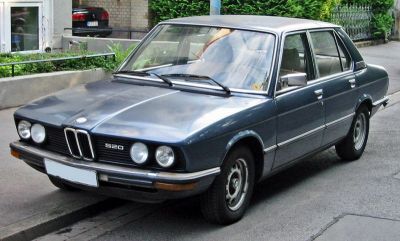
| Production: | 1976-1981 |
|---|---|
| Model Year: | 1976 |
| Length: | 4620 mm181.9 in |
| Width: | 1690 mm66.5 in |
| Height: | 1425 mm56.1 in |
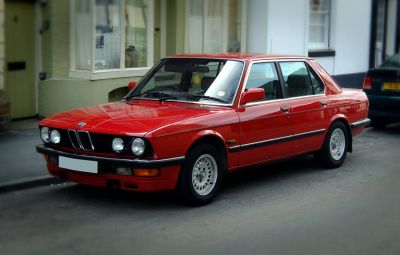
| Production: | 1981-1987 |
|---|---|
| Model Year: | 1981 |
| Length: | 4604-4620 mm181.3-181.9 in |
| Width: | 1700-1710 mm66.9-67.3 in |
| Height: | 1397-1415 mm55.0-55.7 in |

| Production: | 1984-1987 |
|---|---|
| Model Year: | 1984 |
| Length: | 4620 mm181.9 in |
| Width: | 1700 mm66.9 in |
| Height: | 1395 mm54.9 in |
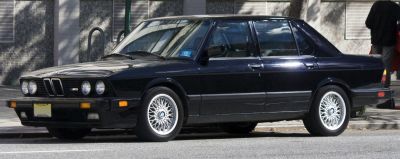
| Production: | 1985-1987 |
|---|---|
| Model Year: | 1984 |
| Length: | 4620 mm181.9 in |
| Width: | 1700 mm66.9 in |
| Height: | 1400 mm55.1 in |

| Production: | 1984-2002 |
|---|---|
| Model Year: | 1984 |
| Length: | 4591 mm180.7 in |
| Width: | 1700 mm66.9 in |
| Height: | 1374-1432 mm54.1-56.4 in |

| Production: | 1995-1999 |
|---|---|
| Model Year: | 1990 |
| Length: | 4615 mm181.7 in |
| Width: | 1718 mm67.6 in |
| Height: | 1388 mm54.6 in |
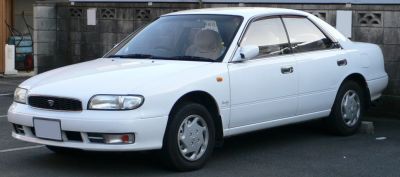
| Production: | 1991-1997 |
|---|---|
| Model Year: | 1991 |
| Length: | 4585 mm180.5 in |
| Width: | 1695 mm66.7 in |
| Height: | 1405 mm55.3 in |
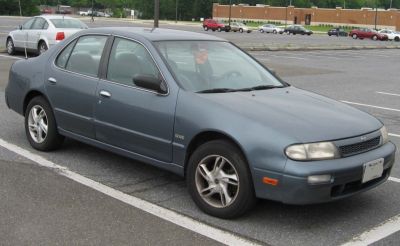
| Production: | 1993-1997 |
|---|---|
| Model Year: | 1993 |
| Length: | 4585 mm180.5 in |
| Width: | 1704 mm67.1 in |
| Height: | 1420 mm55.9 in |
